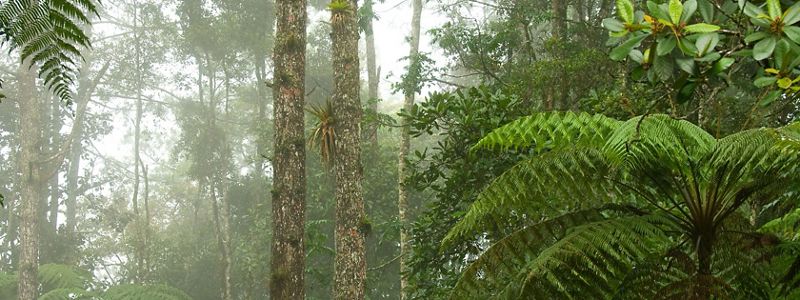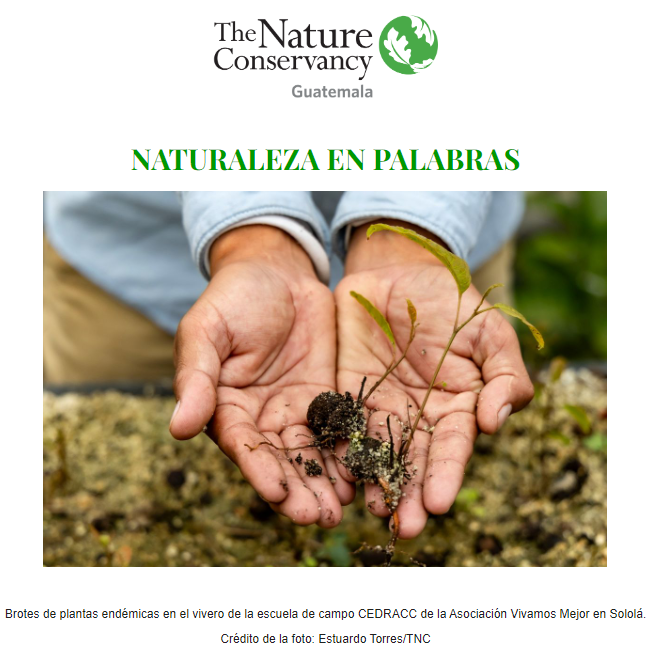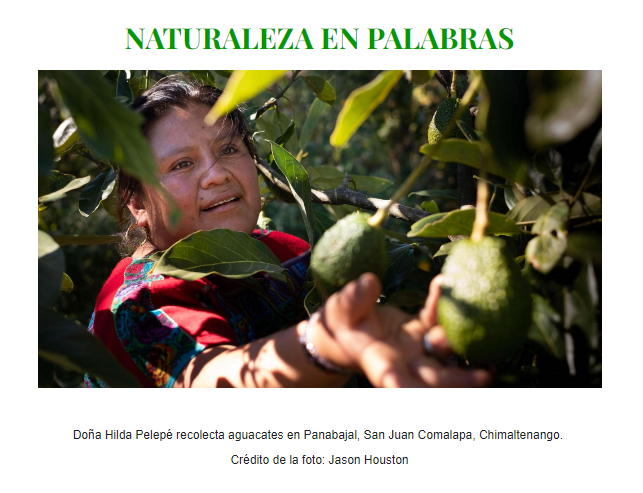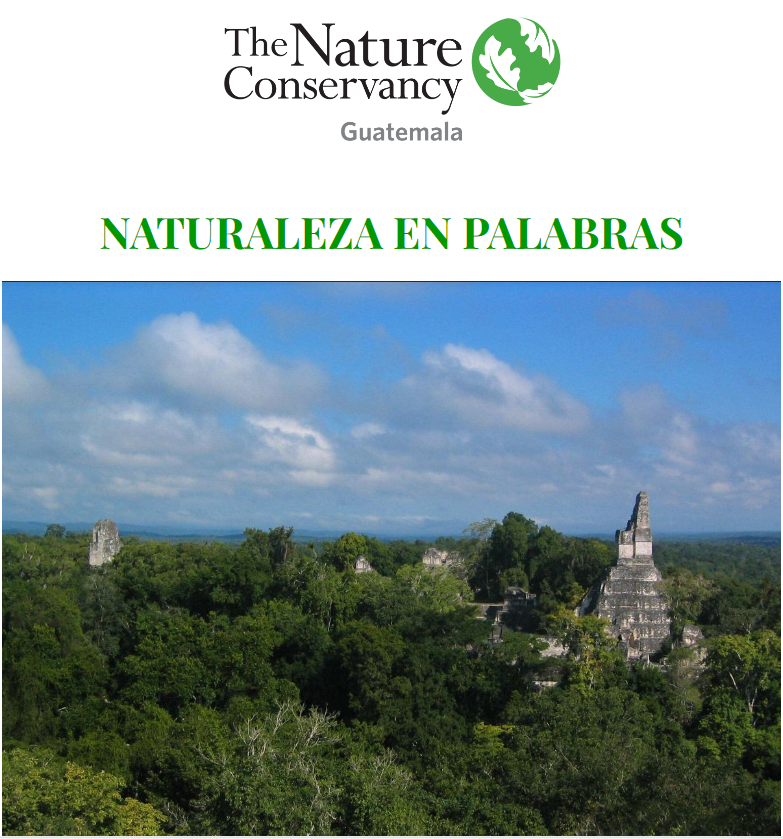Guatemala
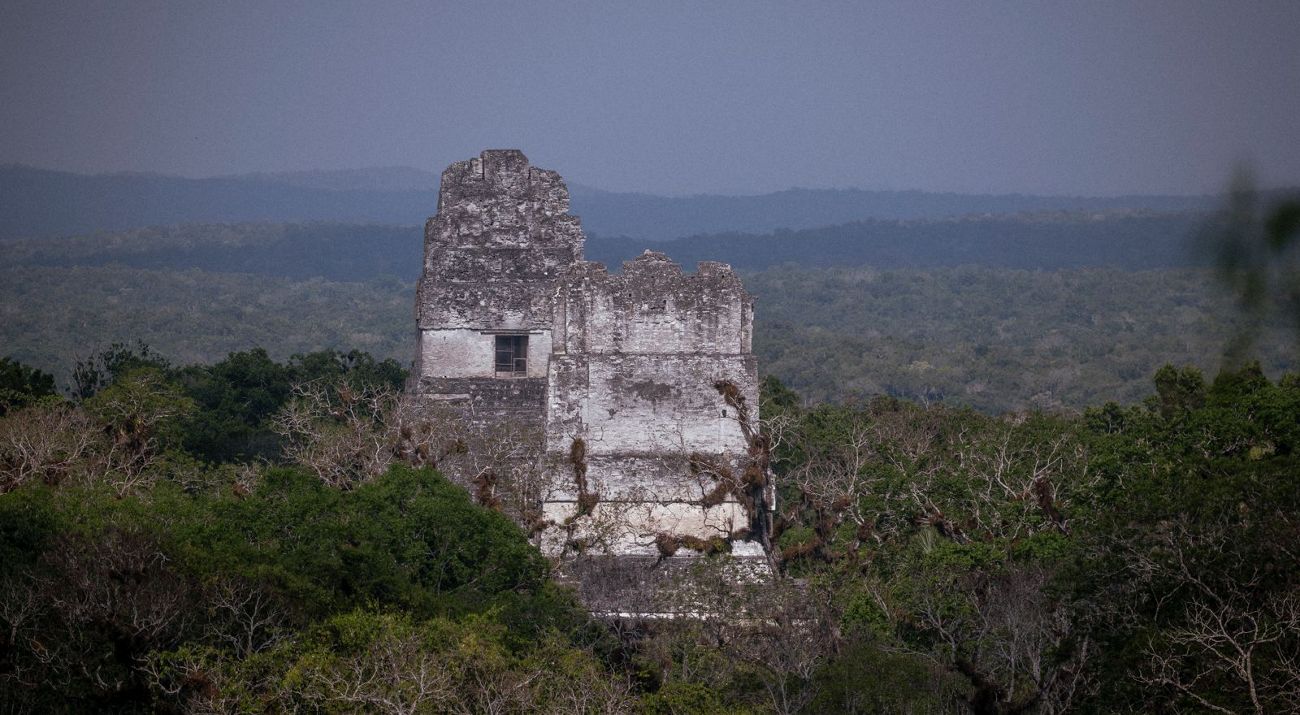
A Complex, Megadiverse, and Vulnerable Country
With its privileged landscape, tropical and subtropical climate, and varied geography, Guatemala is one of the most biodiverse countries in the world. Culturally, its people connect their well-being to nature, and much of its forest cover is due to the sustainable management and care by communities whose ancestral vision has them as the protectors of natural resources.
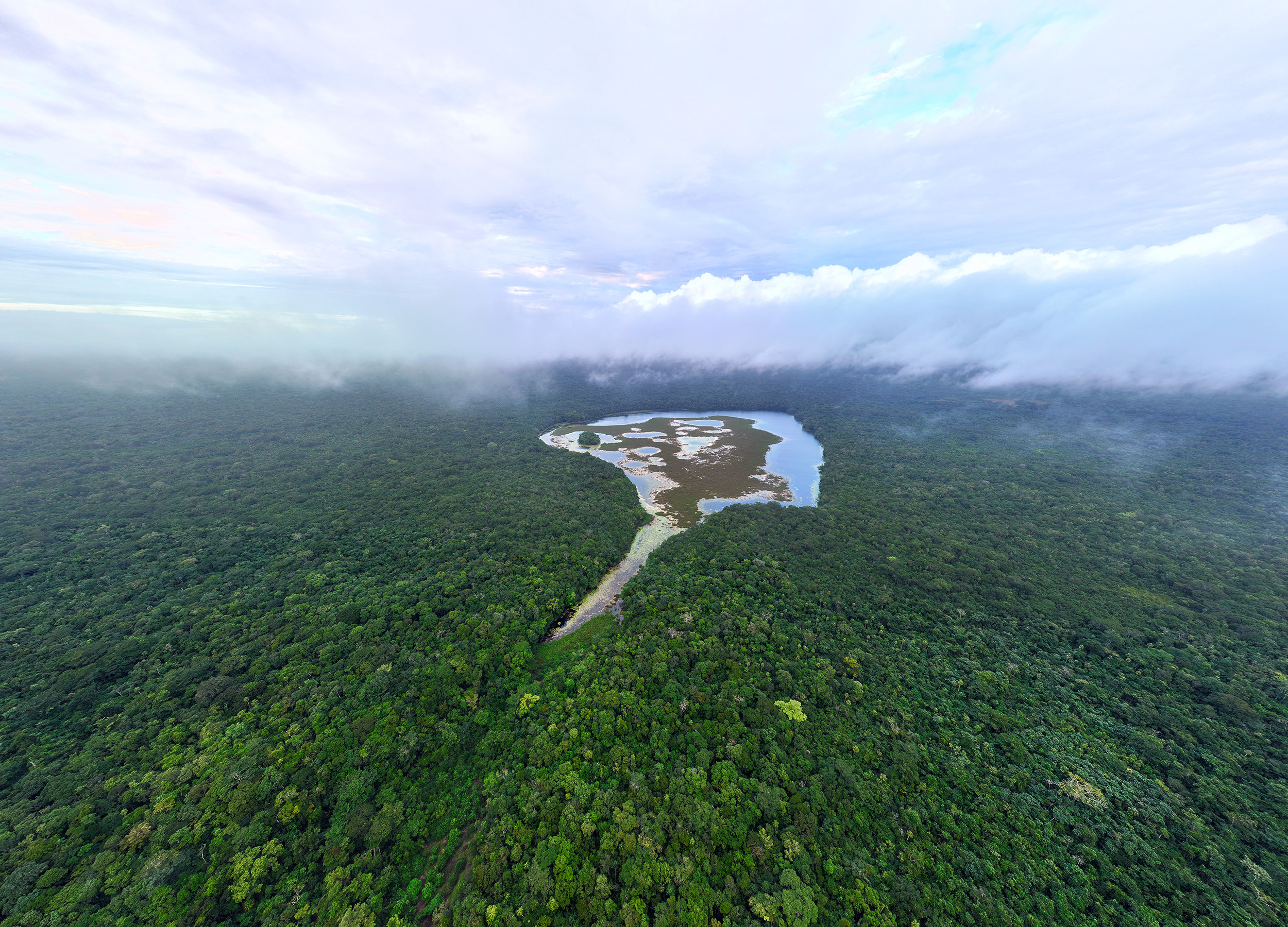
Current Situation
The name Guatemala originates from the Nahuatl "Quauhtlemallan," meaning “place of many trees.” Its 42,042 square miles are home to 14 eco-regions and 66 ecosystems, 16,000 plant, animal, and insect species, and, importantly, 13 percent of the species are unique to Guatemala, making it the Central American country with the most endemic species. Over one-third of the country’s territory (approximately 15,057 square miles) is still covered by forests, many inhabited by the 25 ethno-linguistic groups.
Guatemala is a megadiverse country but also one of the most vulnerable worldwide to the adverse effects of climate change. Those have been made more dangerous by poverty and extreme poverty, under which 55 percent of the population lives. Over 50 percent of its forests have been lost in the last 50 years, and its vast biological diversity continues to dwindle at alarming rates as monocultures, intensive agriculture practices, and urban-industrial development expand. Over 96 percent of the country’s rivers and bodies of freshwater are severely contaminated, and the aquifers are over-exploited.
Guatemala’s socio-environmental reality makes evident the urgent need for a profound change in how Guatemalan society values and interacts with its natural and cultural heritage. Effective laws and policies, science-based information, inclusive governance, and innovative finance mechanisms that promote nature conservation and human well-being must accompany that change.
The Nature Conservancy (TNC) calls on strategic stakeholders to establish collaboration platforms to drive systemic solutions that favor science-, social-, and economic-based sustainable nature conservation.
Learn about the regions where we work
Discover the beautiful places where TNC Guatemala, organizations, and local authorities work to protect and conserve nature, focusing on comprehensive solutions.
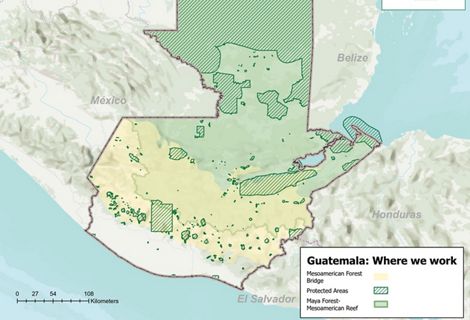
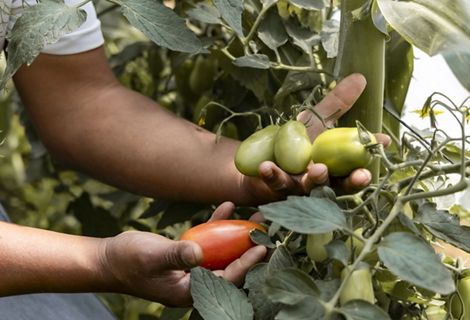
Our Work
TNC began working in Guatemala in the mid-1980s. The organization has over 30 years of experience working for conservation and sustainable development in the country.

Our 2030 Vision and Objectives
TNC Guatemala has contributed to finding a replicable development model compatible with nature conservation through 2030. This model is supported by the best science, modern public policies, and durable financial mechanisms that ensure that nature’s health and human well-being go hand in hand.
TNC Guatemala continues searching for investments and new opportunities to take solutions to scale, building more partnerships with multiple stakeholders to expand activities that maintain the country’s natural wealth as the basis of economic and social development for all.
2030 Goals
-
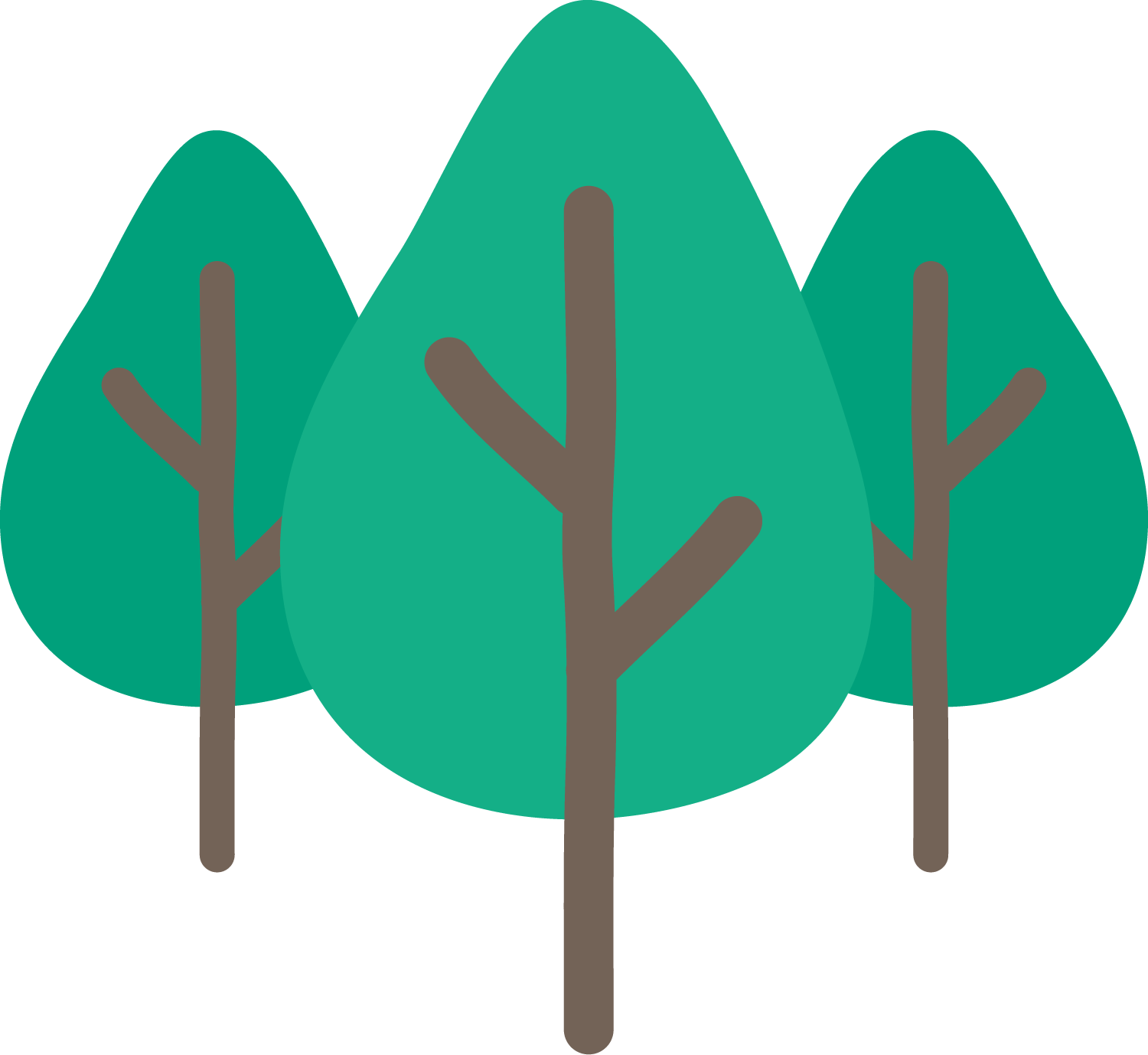
Healthy forests for prosperous communities
Strengthening forest management: 1M ha protected in the Maya Forest / 424K ha in communal forest concessions in the Biósfera Maya Reserve (RBM) / 150K ha in communal highland dry and humid forests of the highlands.
-

Functional Landscapes
Adoption of low-emission practices that promote biodiversity restoration and water security in 250K ha of agricultural and pasture lands.
-

Freshwater
Restoring over 15K ha of riverine corridors in the Maya Forest region.
Publications (in Spanish)
-
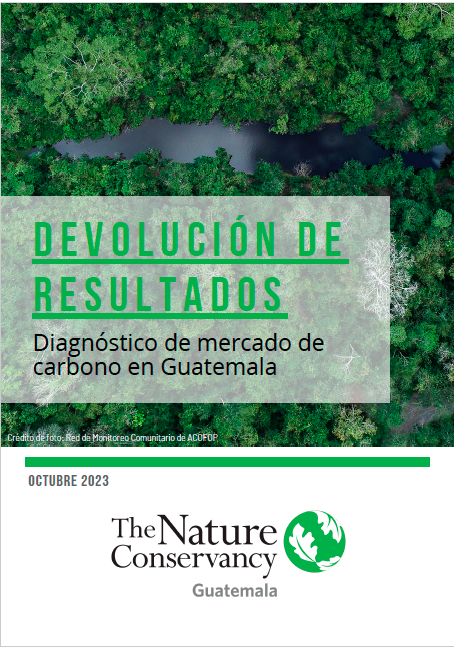
-
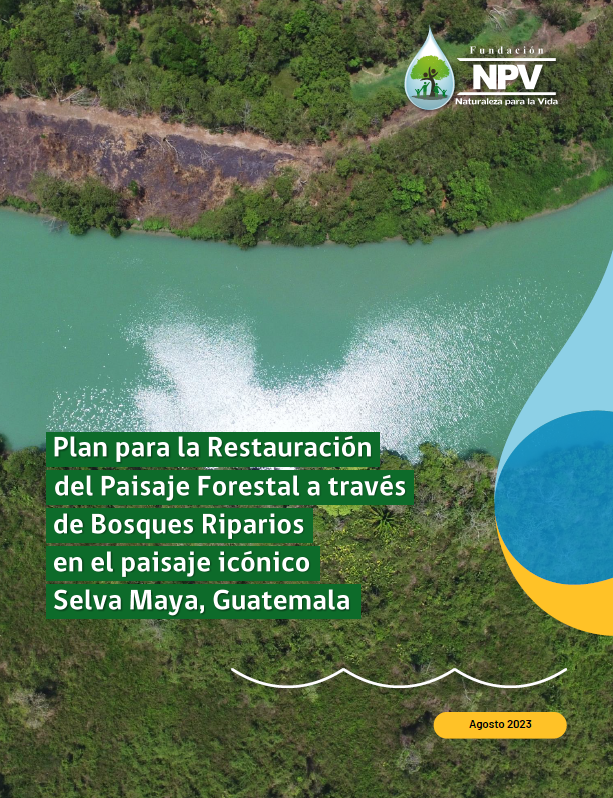
-
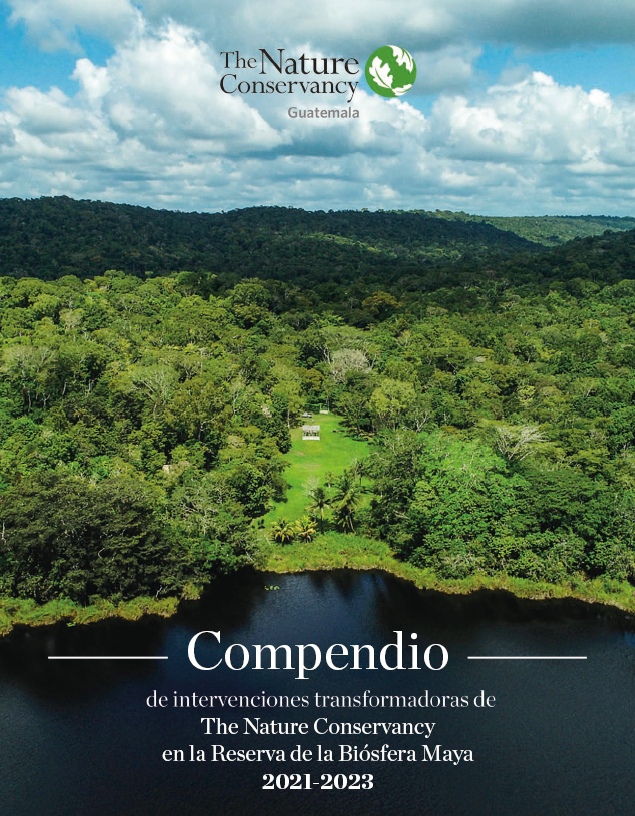
TNC’s Transforming Interventions Compendium
Compendium of TNC’s transforming interventions in the Maya Biosphere Reserve.
Download -
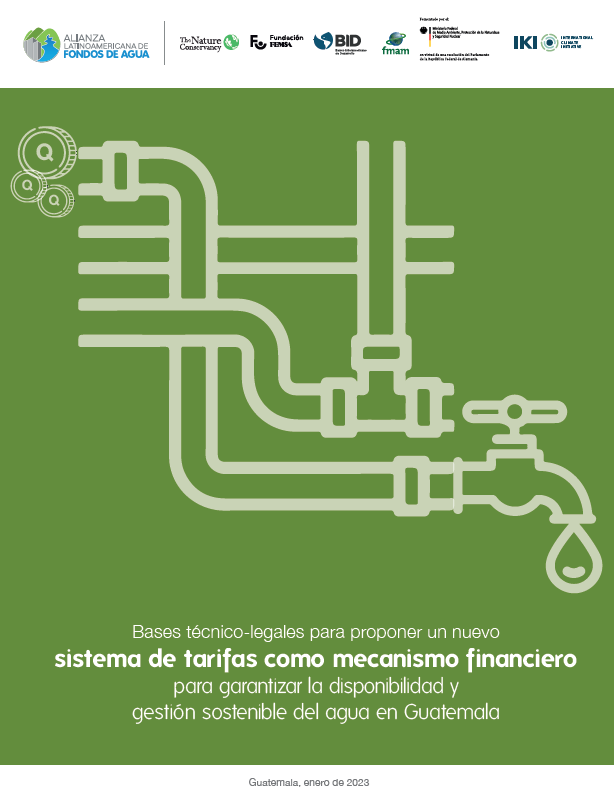
Tariffs as a financial mechanism
Legal-technical bases to propose a new tariff system as a financial mechanism to ensure the availability and sustainable development of water resources in Guatemala.
Download
We Can’t Save Nature Without You
Sign up to receive regular updates from The Nature Conservancy.
